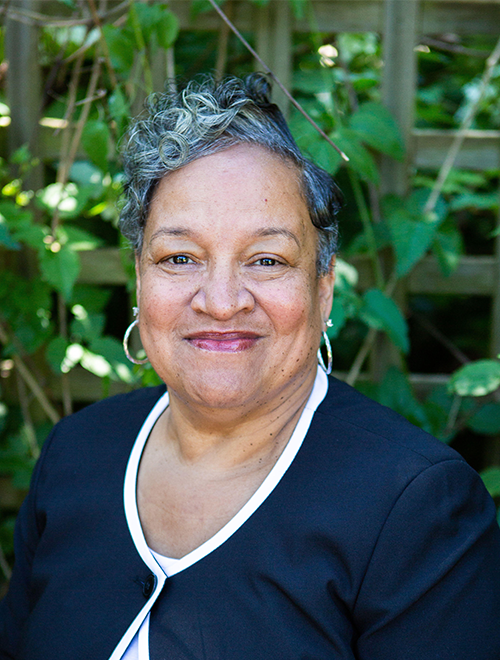
The pandemic has caused major school staffing shortages across the country. The ranks of substitute teachers, bus drivers, nurses, teacher’s aides and more have thinned, jeopardizing our kids and the schools they attend.
According to the U.S. Department of Education, the scarcity of these public service workers is leading to longer, more crowded bus routes, school closures, inadequate physical and mental health services, a lack of food services and other problems.
Recently, Lois Carson, the president of the Ohio Association of Public School Employees (OAPSE), participated in a webinar hosted by the federal Education and Treasury departments to discuss how American Rescue Plan funds can be used to minimize those staffing shortages.
“I have not experienced anything like this,” said Carson, who has served as a secretary for Columbus, Ohio, schools for more than 34 years. “COVID has been very disruptive, but it’s been more of an issue of the fallout from staffing shortages. It’s been a problem prior to COVID, but it’s all starting to come to light now.”
Carson described how Columbus schools have used funds provided by the American Rescue Plan (ARP) and previous COVID stimulus bills to shore up school staffing.
“We have used ESSER funds to recruit and encourage bus drivers to stay and come on board,” Carson said, referring to the COVID money available through the Elementary and Secondary School Emergency Relief Fund.
Carson said her district has offered referral and signing bonuses for bus drivers and implemented outside-the-box strategies to hire new drivers.
“We have also worked as a group to figure out ways to go into our communities, such as going to our churches and food pantries. Where can we put applications? How can we bring people on board?” she said.
Carson pointed out that the dilemma of hiring bus drivers and many other part-time school staff is part of a systemic, long-running problem of hiring and retaining lower-paid, hourly staff.
“It just has come to light during the COVID pandemic because your non-teaching staff stayed on the front lines from day one,” she said. “They were the lowest paid, least respected and worked the hardest. We, as a country, have to look at a better way to recruit and retain non-teaching personnel. … If we don’t get more folks on the front lines, we will no longer see public education the way it’s been.”
Fortunately, the American Rescue Plan, which AFSCME members helped pass and which has brought $350 billion to states, cities and towns, can help alleviate these staffing problems.
ARP funds can be used to rehire public service workers to pre-pandemic levels, provide assistance to disproportionately affected schools, award premium pay to school employees and bolster government services such as public education. For detailed information on the use of ARP funds for K-12 schools, go here.
Moreover, the recently signed Infrastructure Investment and Jobs Act provides funds to train future education workers, as well as to buy clean school buses.
Carson encouraged everyone to research how ARP funds can be used to benefit their school districts. She also issued an important reminder that both educators and school staff play a vital role in the lives of our children.
“Come on board, be a bus driver, be a food service worker, be a paraprofessional, because at the end of the day you are impacting a future doctor, a future nurse, a future bus driver, a future cafeteria worker,” she said. “The work we do is important.”
